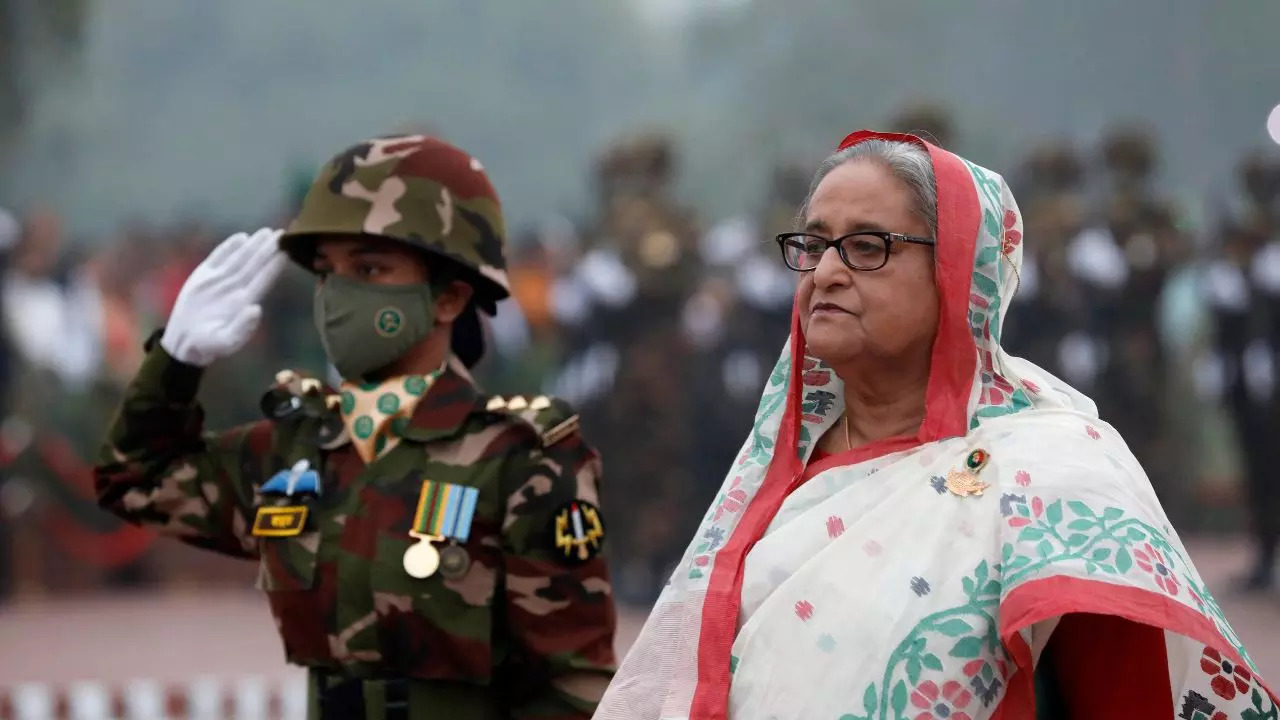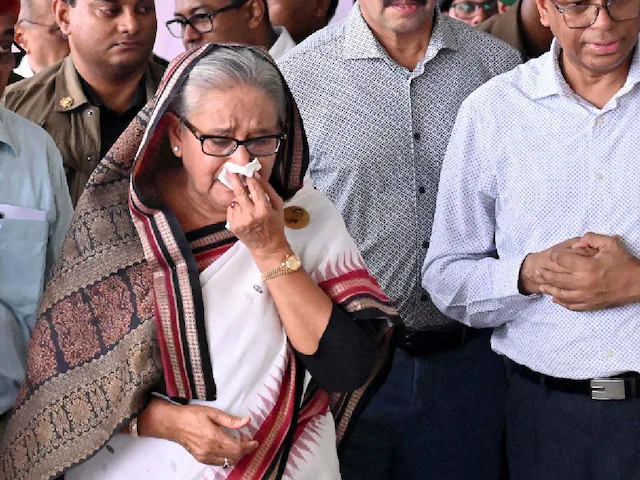PM Sheikh hasina Forced To Resign After deadly Anti-government Protests
PM Sheikh hasina Forced To Resign After deadly Anti-government Protests

Background and Historic Moment
On August 5, 2024, Bangladesh witnessed a seismic shift in its political landscape. Prime Minister Sheikh Hasina, who had held office for 15 years, stepped down, ending what the opposition labeled as “authoritarian rule.” The country erupted in celebrations as news of her resignation spread.
Protests and Unrest
The catalyst for this historic moment was weeks of anti-government protests. The demonstrations initially centered around quotas for government jobs but quickly escalated into broader challenges to Hasina’s leadership. Tragically, during the protests, at least 280 people were killed, and thousands more were injured as the government cracked down on dissent.
How The Protests Started
Sit-ins during the Civil Rights Movement (1960):
The sit-in campaigns of 1960, particularly the one that began on February 1, 1960, in Greensboro, North Carolina, marked a turning point in the civil rights movement. Four black students from North Carolina A & T College sat down at a Woolworth lunch counter reserved for white customers. Their peaceful refusal to leave sparked a wave of sit-ins across the South, where students challenged segregation by sitting at lunch counters. By the end of April, over 50,000 students had participated in sit-ins at more than 30 locations in 7 states1.
George Floyd Protests (2020):
The protests and civil unrest began in Minneapolis as reactions to the murder of George Floyd, an unarmed African American man, by city police during an arrest. These protests quickly spread nationally and internationally, highlighting systemic issues related to racial injustice and police brutality2.

Soweto Uprising (1976):
In South Africa, the Soweto Uprising occurred against the backdrop of apartheid policies. Racial inequality was deeply entrenched, and the government’s discriminatory practices affected all aspects of life. The uprising was a powerful expression of resistance by black students against the oppressive regime3.
Vietnam War Protests (1960s-1970s):
As American involvement in the Vietnam War escalated, concerned citizens started protesting what they viewed as a misguided military adventure. The opposition grew as more Americans were wounded and killed in combat. These protests played a crucial role in shaping public opinion and eventually led to changes in U.S. policy4.
Hasina’s Departure
In a dramatic turn of events, Sheikh Hasina reportedly fled the country on a military helicopter to India, a strong ally of the former leader. Thousands of people stormed her official residence, chanting and celebrating as they ransacked it.
The Army’s Role
General Waker-uz-Zaman, the chief of the Bangladesh Army, confirmed that an interim government would take over immediately. He urged citizens to trust the army and maintain peace. Zaman emphasized nonviolent and peaceful ways to address the nation’s challenges.
A New Chapter
As the dust settles, Bangladesh faces a pivotal moment. The departure of Prime Minister Sheikh Hasina marks the end of an era and opens a new chapter in the country’s political history.







